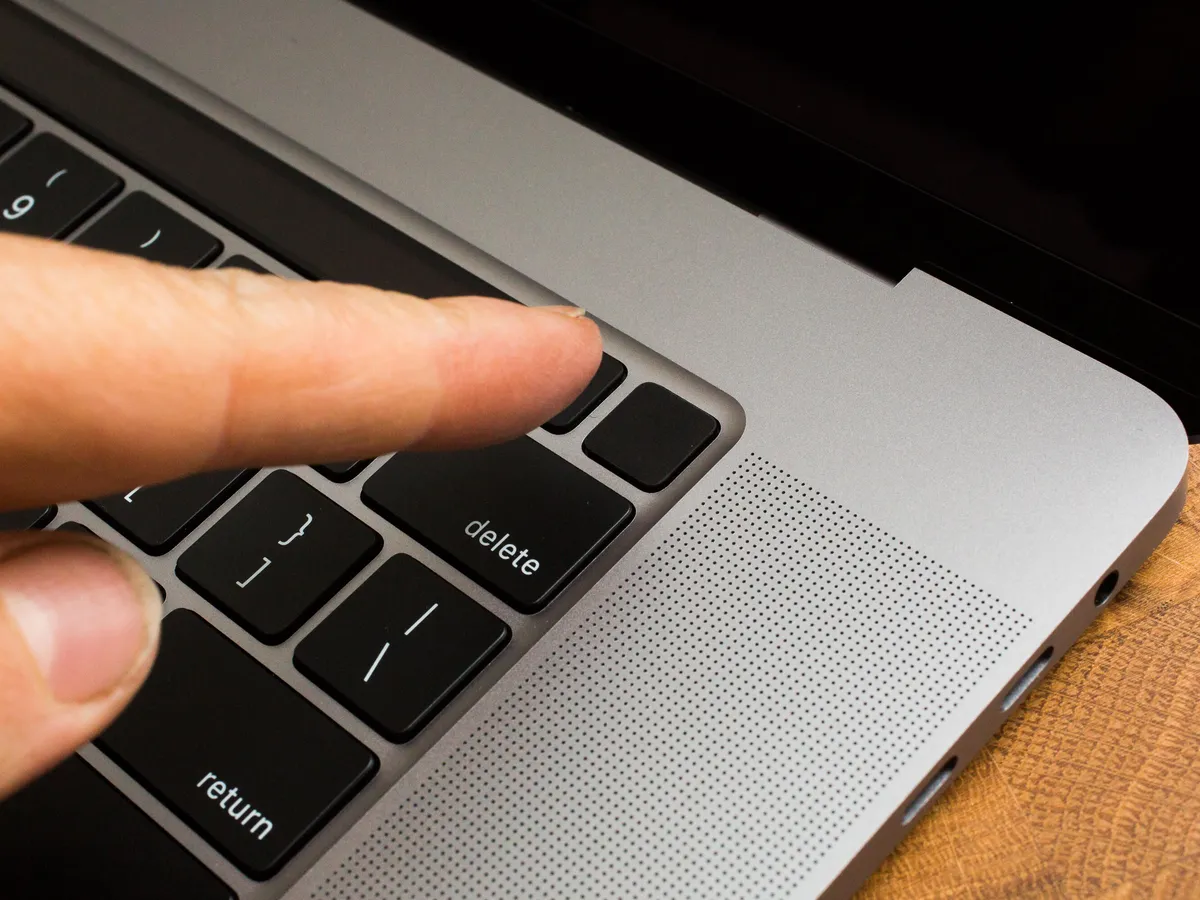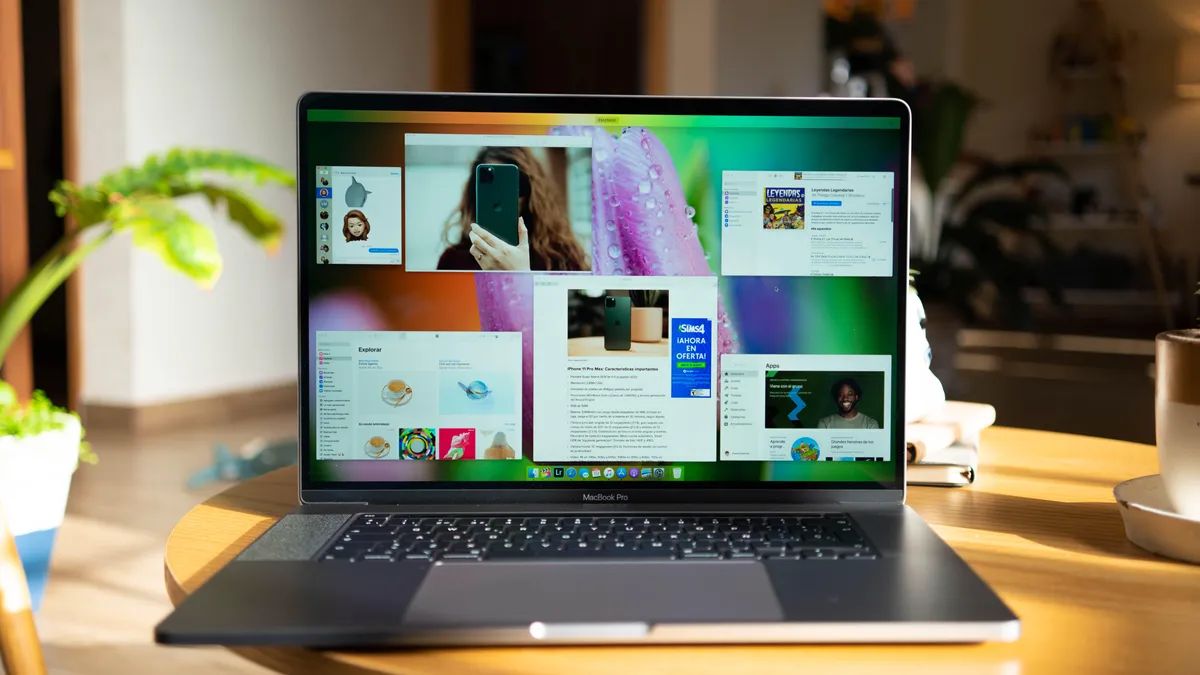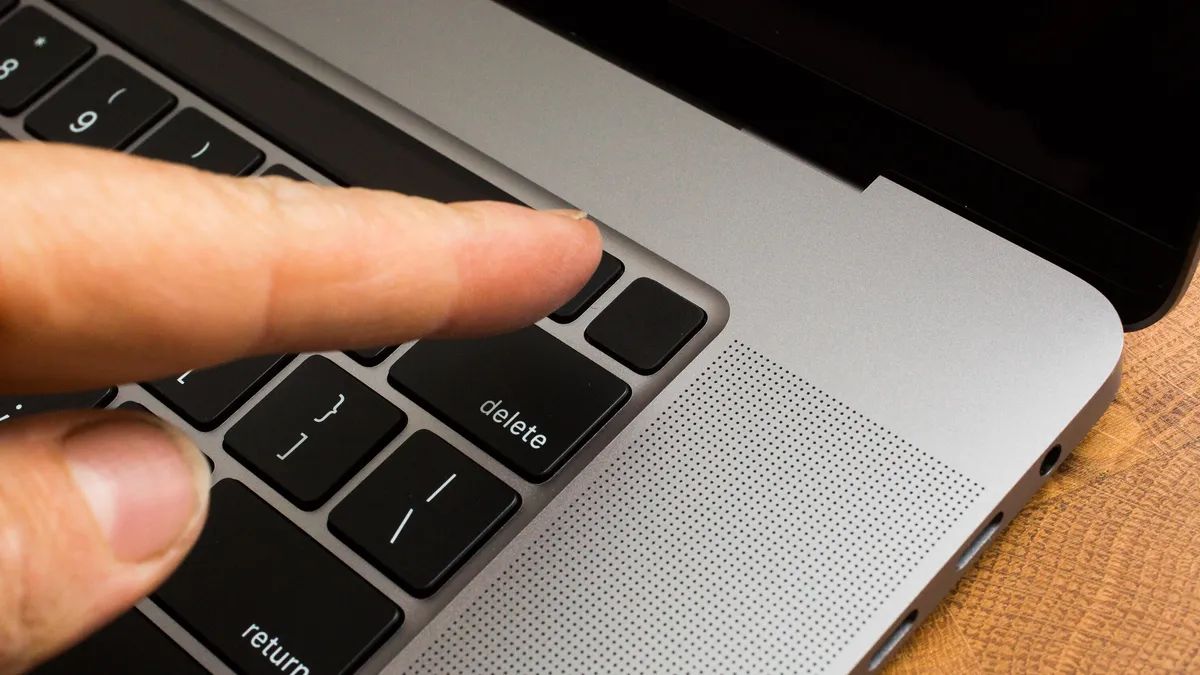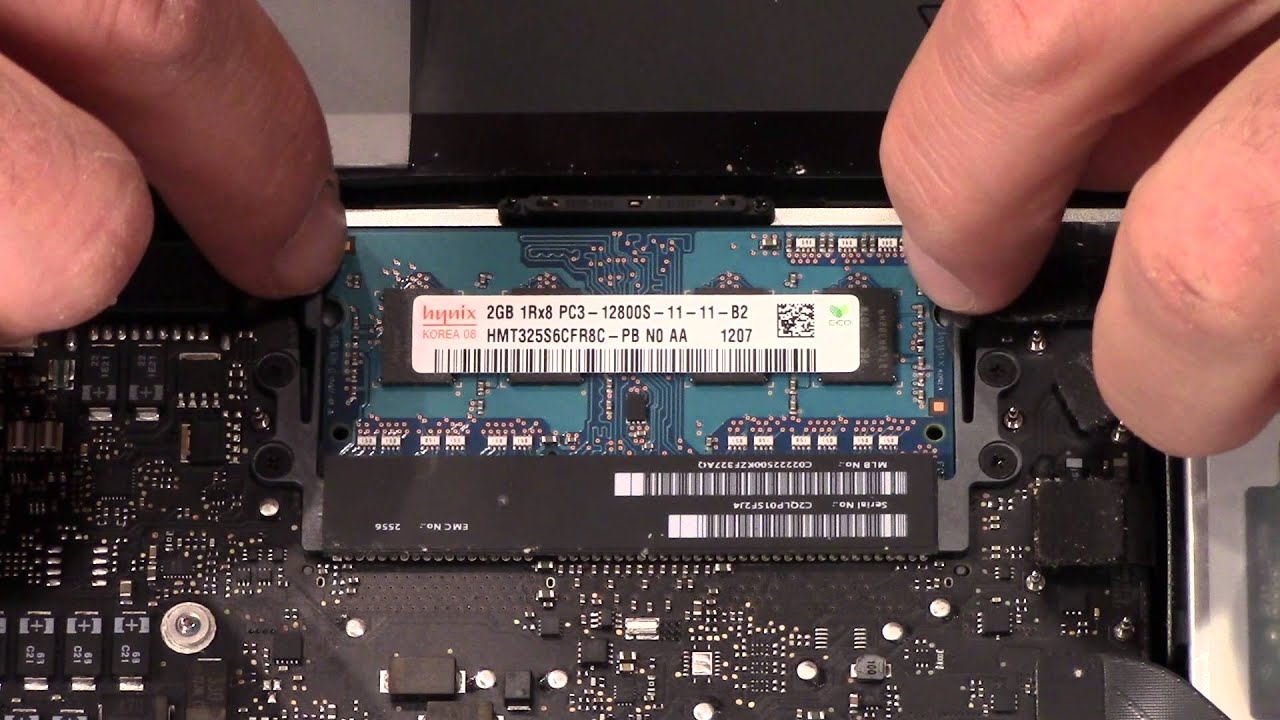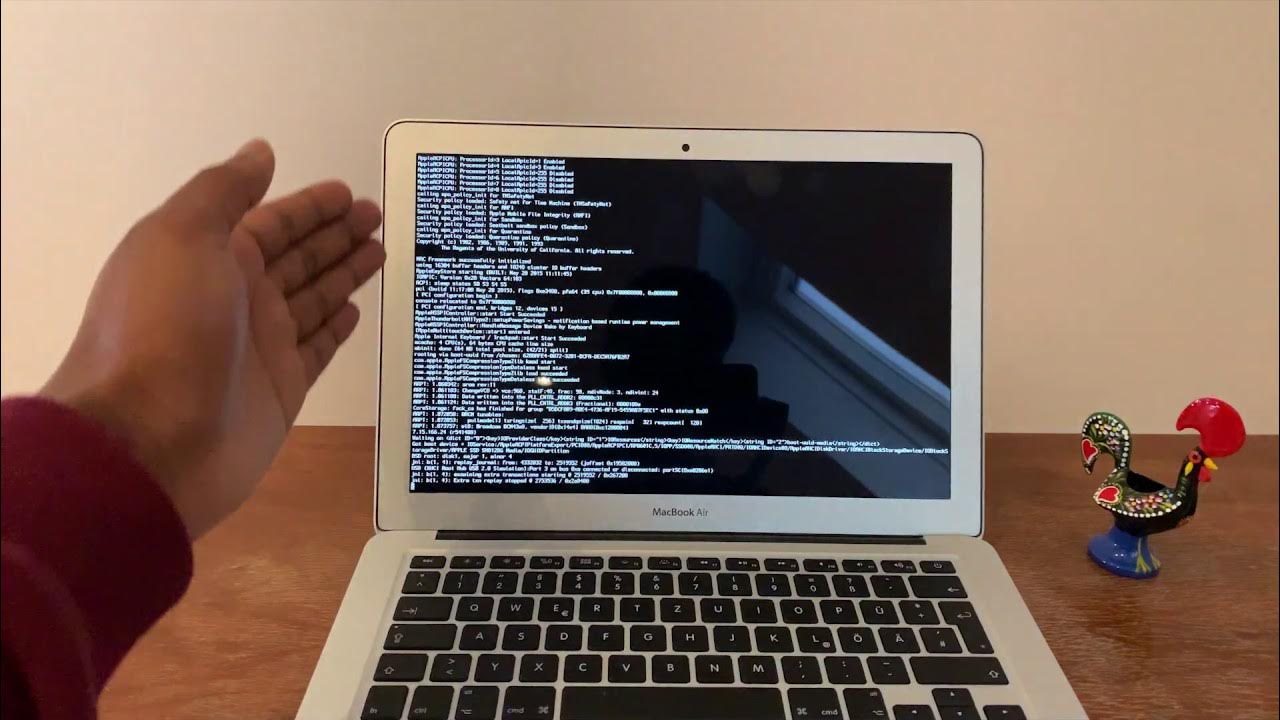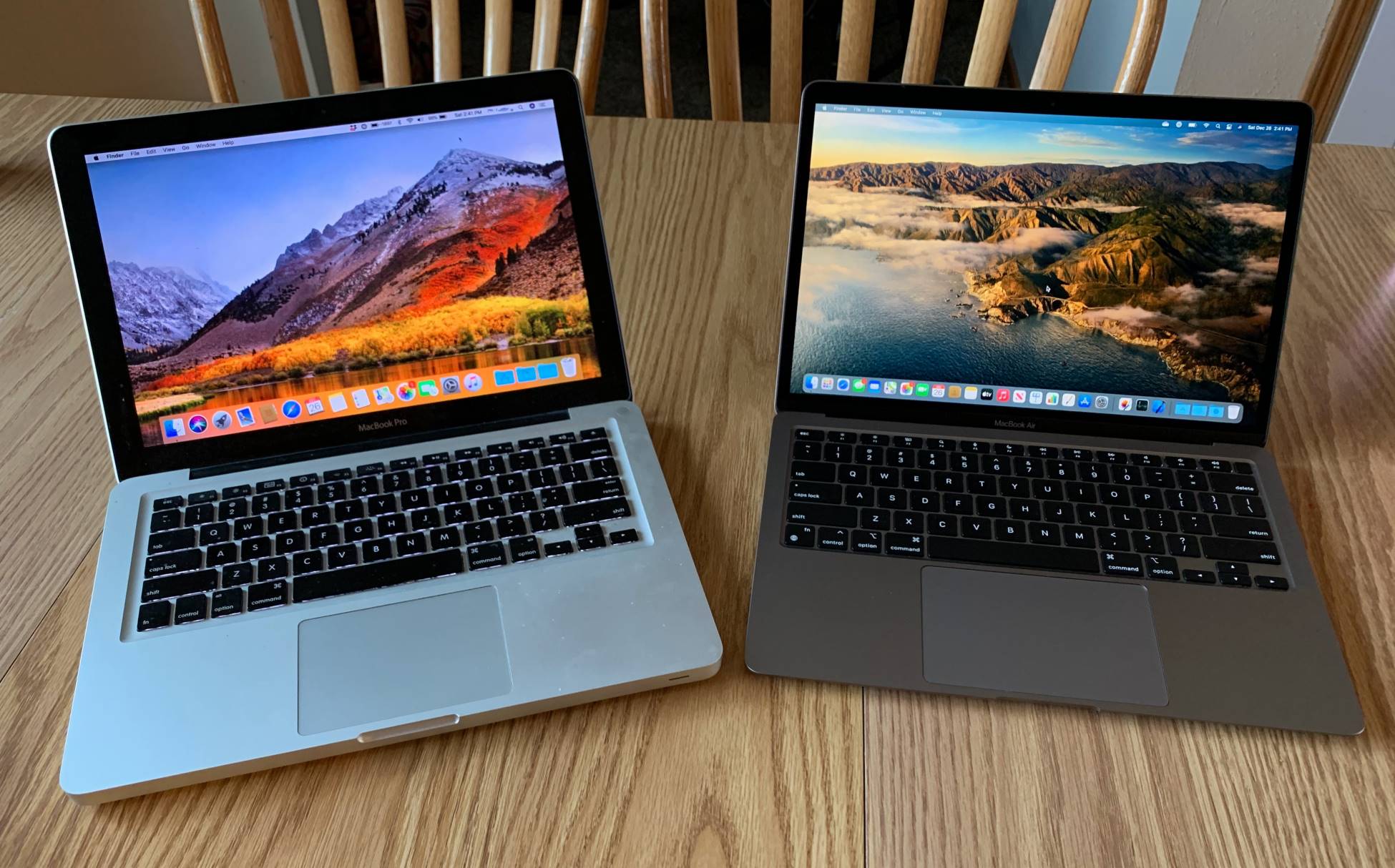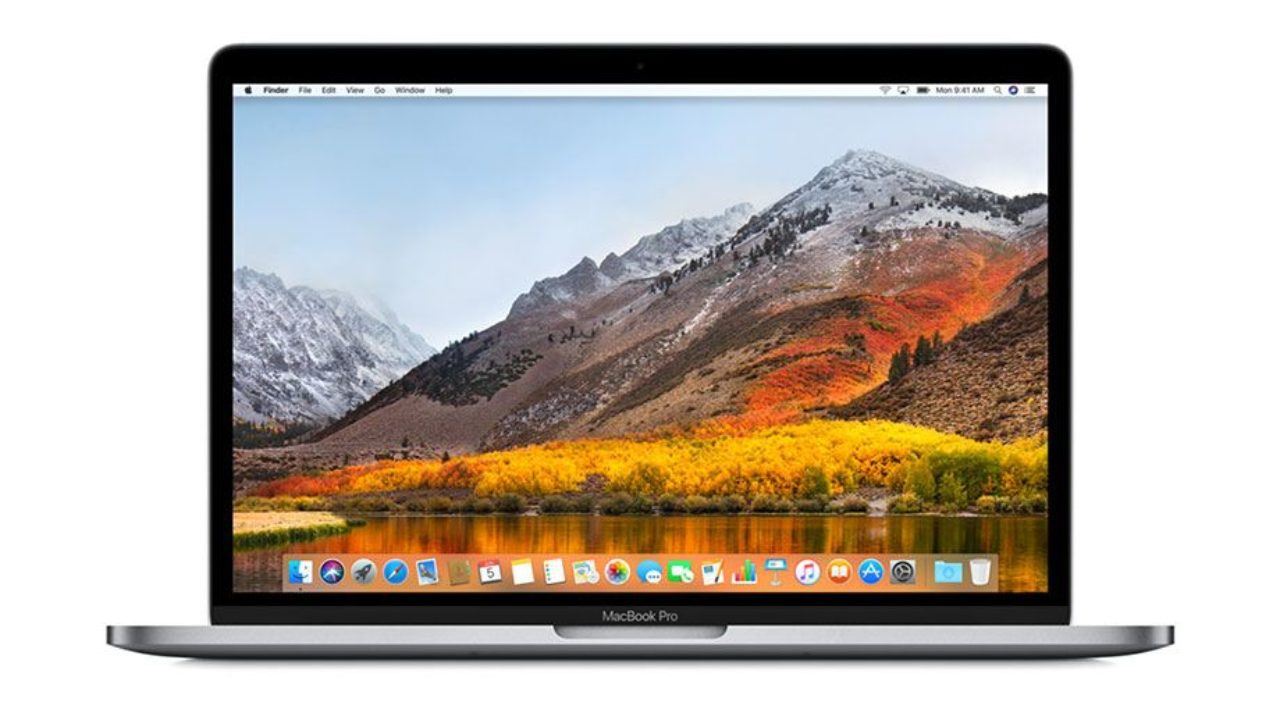Introduction
Welcome to this guide on how to reset the RAM on your MacBook Pro. If you’re experiencing sluggish performance or your MacBook Pro is freezing frequently, a RAM reset can help improve its overall speed and responsiveness. RAM, or Random Access Memory, is a crucial component of your computer that stores temporary data for quick access by the processor. Over time, as you run various applications and tasks, the RAM can become cluttered and slow down your system.
Resetting the RAM on your MacBook Pro can clear this clutter, allowing for a clean slate and helping your computer run more efficiently. In this article, we will explore several methods you can use to reset the RAM on your MacBook Pro.
But before we dive into the different methods, it’s important to note that resetting the RAM will clear out temporary data, but it won’t permanently delete any of your files or settings. Nonetheless, it’s always good practice to back up your important data beforehand, just to be safe.
Why Resetting RAM on MacBook Pro can be beneficial
Resetting the RAM on your MacBook Pro can offer several benefits and help improve the overall performance of your device. Here are a few reasons why you may want to consider resetting your RAM:
- Speed up your MacBook Pro: Over time, as you use your MacBook Pro, temporary data accumulates in the RAM, leading to a decrease in performance. Resetting the RAM can help clear out this accumulated data, allowing your MacBook Pro to run faster and smoother.
- Resolve freezing or lagging issues: If you’ve been experiencing frequent freezing or lagging on your MacBook Pro, resetting the RAM can help resolve these issues. By clearing out the cluttered memory, you give your system a fresh start, reducing the chances of freezing or lagging.
- Enhance multitasking capabilities: If you often work with multiple applications and find that your MacBook Pro struggles to handle them simultaneously, resetting the RAM can provide a significant boost to your multitasking capabilities. It frees up memory space, allowing your device to handle multiple tasks more efficiently.
- Improve overall system stability: Resetting the RAM can help improve the stability of your MacBook Pro’s operating system. By clearing out any corrupted or temporary data, you reduce the chances of encountering system crashes or unexpected errors.
- Optimize resource allocation: Resetting the RAM ensures that system resources are allocated more effectively. This can result in better performance and a smoother user experience when running demanding applications or tasks.
Overall, resetting the RAM on your MacBook Pro can offer significant benefits by boosting speed, resolving performance issues, enhancing multitasking capabilities, improving system stability, and optimizing resource allocation. It’s a simple yet effective method to breathe new life into your device and enhance your overall user experience.
Backup your Data before resetting RAM
Before you proceed with resetting the RAM on your MacBook Pro, it’s crucial to backup your important data. While resetting the RAM won’t erase your files or settings permanently, it’s always wise to take precautionary measures to avoid any potential data loss. Here are a few steps to backup your data:
- External Hard Drive: One of the easiest and most reliable methods to backup your data is by using an external hard drive. Connect the external hard drive to your MacBook Pro and follow the instructions to backup your essential files and folders. This way, even if something goes wrong during the RAM reset process, you will have a copy of your important data.
- Cloud Storage: Another option is to utilize cloud storage services such as Dropbox, Google Drive, or iCloud. These services allow you to upload and store your files securely on remote servers. Make sure to sync your important files to the cloud before proceeding with the RAM reset.
- Time Machine: If you have enabled Time Machine on your MacBook Pro, it will automatically create backups of your files onto an external storage device. Ensure that your Time Machine backups are up to date before proceeding with the RAM reset.
Additionally, it’s a good practice to make a list of any software licenses or important settings that you might need to reconfigure after the RAM reset. This will help streamline the process of restoring your MacBook Pro to its previous state.
Remember, the purpose of backing up your data is to provide an extra layer of protection and peace of mind. It ensures that even if something unexpected happens during the RAM reset, you will have a copy of your important files and settings to restore.
Once you have successfully backed up your data, you’re ready to proceed with resetting the RAM on your MacBook Pro. The following sections will outline different methods you can use to achieve this.
Method 1: Restart your MacBook Pro
One of the simplest and quickest methods to perform a RAM reset on your MacBook Pro is to restart your device. Here’s how you can do it:
- Save and close any open applications or documents to ensure that you don’t lose any unsaved work.
- Click on the Apple menu located in the top-left corner of the screen.
- Select “Restart” from the dropdown menu. Alternatively, you can press the Control + Power button together and choose the “Restart” option.
- Wait for your MacBook Pro to shut down and then automatically restart.
By restarting your MacBook Pro, you effectively clear the RAM and give your device a fresh start. This can help resolve minor performance issues and improve overall system responsiveness.
Once your MacBook Pro has restarted, check if the issues you were experiencing have been resolved. If not, don’t worry! There are other methods we can try to reset the RAM and further optimize your device’s performance.
Proceed to the following sections for additional methods to reset the RAM on your MacBook Pro.
Method 2: Use Terminal to purge RAM
If restarting your MacBook Pro didn’t yield the desired results, you can try using Terminal to purge the RAM. The Terminal is a powerful command-line tool that allows you to execute various commands on your Mac. Follow these steps to reset the RAM using Terminal:
- Open the Terminal application on your MacBook Pro. You can find it by going to “Applications” > “Utilities” > “Terminal”.
- In the Terminal window, type the command
sudo purgeand hit Enter. - You will be prompted to enter your administrator password. Type it in and press Enter.
- The Terminal will then start purging the RAM, which may take a few seconds.
- Once the process is complete, you will see a message indicating that the RAM has been successfully purged.
Purging the RAM using Terminal frees up memory resources and can help improve the performance of your MacBook Pro. It clears out any unnecessary data that may be causing slowdowns or glitches.
After purging the RAM, check if the issues you were experiencing have been resolved. If not, don’t worry! We still have a few more methods to try in order to reset the RAM and optimize your MacBook Pro.
Continue reading the following sections for more methods to reset the RAM on your MacBook Pro.
Method 3: Reset NVRAM/PRAM on MacBook Pro
If restarting or purging the RAM didn’t resolve the performance issues on your MacBook Pro, you can try resetting the NVRAM (non-volatile random-access memory) or PRAM (parameter random-access memory). The NVRAM/PRAM stores various settings and preferences that your Mac uses to control hardware settings. Resetting it can often help resolve issues related to performance and system settings. Follow these steps to reset the NVRAM/PRAM on your MacBook Pro:
- Turn off your MacBook Pro.
- Press the power button and immediately press and hold the
Command + Option + P + Rkeys together. - Continue holding the keys until you hear the startup sound for the second time (or you see the Apple logo and progress bar appear and disappear twice on newer Macs).
- Release the keys.
After resetting the NVRAM/PRAM, your MacBook Pro will restart. You may need to reconfigure some system settings, such as time zone, display resolution, and startup disk selection, as they will be restored to their default values.
Check if the performance issues have improved after resetting the NVRAM/PRAM. If the issues persist, don’t worry! We have a couple more methods to try in order to reset the RAM on your MacBook Pro and optimize its performance. Let’s move on to the next method.
Method 4: Reset SMC on MacBook Pro
If you’re still experiencing performance issues with your MacBook Pro, resetting the SMC (System Management Controller) can be a helpful step. The SMC controls various hardware functions on your Mac, including power management, battery charging, and thermal management. Resetting the SMC can often help resolve issues related to power, battery, and performance. Here’s how you can reset the SMC on your MacBook Pro:
- Shut down your MacBook Pro.
- Connect your MacBook Pro to its power adapter.
- Press and hold the
Shift + Control + Optionkeys on the left side of the keyboard, then press and hold the power button simultaneously. - Release all the keys and the power button at the same time.
- Turn on your MacBook Pro by pressing the power button.
After resetting the SMC, your MacBook Pro will start up normally. You may need to readjust certain settings, such as display brightness and keyboard backlight, as they will be reset to their default values.
Check if the performance issues you were experiencing have been resolved. If the problems persist, don’t worry! There is one more method you can try to reset the RAM on your MacBook Pro. Keep reading to find out more.
Method 5: Contact Apple Support for assistance
If none of the previous methods have resolved the performance issues on your MacBook Pro, it may be time to seek assistance from Apple Support. Apple’s support team consists of knowledgeable professionals who can provide guidance and help diagnose and address any persistent problems you may be facing. Here’s how you can reach out to Apple Support:
- Visit the Apple Support website (https://support.apple.com) from any web browser.
- Choose the country or region where you are located.
- Navigate to the “Contact Support” or “Support” section of the website.
- Depending on your preferences and availability, you can either schedule a call with an Apple Support advisor, initiate a live chat session, or arrange for an appointment at an Apple Store or an authorized service provider.
- Provide the necessary details about your MacBook Pro and the issues you are facing to the Apple Support representative.
- Follow their instructions and work with them to troubleshoot and resolve the performance issues on your MacBook Pro.
Apple Support is well-equipped to handle a wide range of technical issues and can provide personalized assistance based on your MacBook Pro’s specific problem. They may suggest additional troubleshooting steps or recommend services, such as repair or replacement, if necessary.
Remember to be patient and provide as much information as possible to the Apple Support representative. They are there to assist you and ensure you have the best possible experience with your MacBook Pro.
If you’ve followed all the methods outlined in this guide and still cannot resolve the performance issues on your MacBook Pro, reaching out to Apple Support for assistance is your best course of action.
Conclusion
In conclusion, resetting the RAM on your MacBook Pro can be a beneficial step to improve performance and resolve various issues. We explored five different methods to reset the RAM, starting with the simplest ones and progressing to more advanced options.
First, we discussed the basic method of restarting your MacBook Pro, which can clear the RAM and provide a fresh start. We then explored using Terminal to purge the RAM, which frees up memory resources and can help improve performance.
Next, we looked at resetting the NVRAM/PRAM, which can resolve issues related to system settings and preferences. We also discussed resetting the SMC, which controls various hardware functions and can help with power and battery-related problems.
If all else fails, we recommend contacting Apple Support for further assistance. Their knowledgeable support team can provide personalized guidance and advise on the best course of action to address your MacBook Pro’s performance issues.
Throughout the process, it’s crucial to backup your data to avoid any potential loss. By taking this precaution, you can ensure that your important files and settings are protected.
Remember, resetting the RAM is just one step in optimizing your MacBook Pro’s performance. Regular maintenance, such as keeping your operating system and applications updated, managing storage, and cleaning out unnecessary files, can also contribute to a smooth and efficient experience.
We hope this guide has been informative and helpful in guiding you through the steps of resetting the RAM on your MacBook Pro. By following these methods, you can breathe new life into your device and enjoy improved performance and responsiveness.







